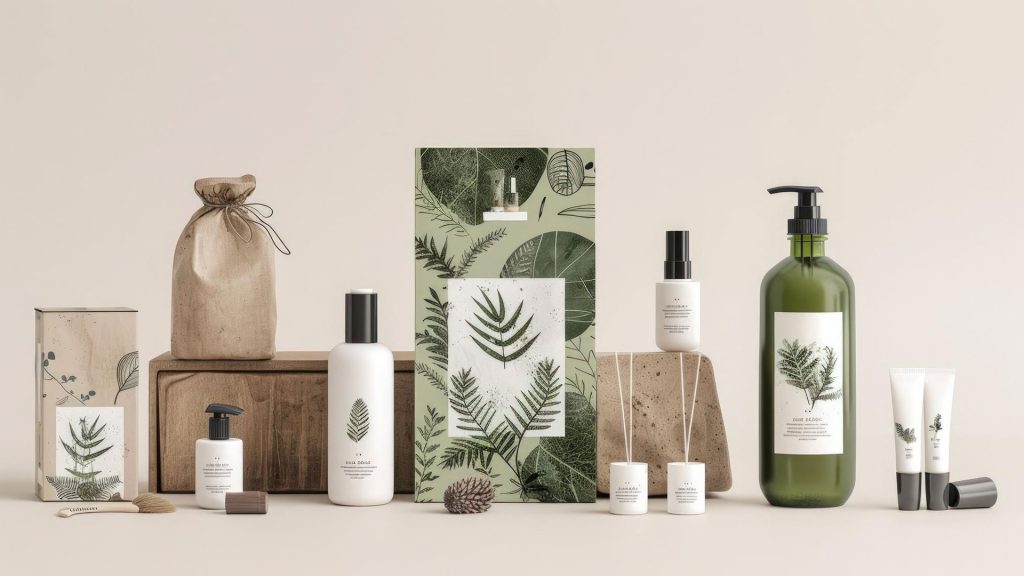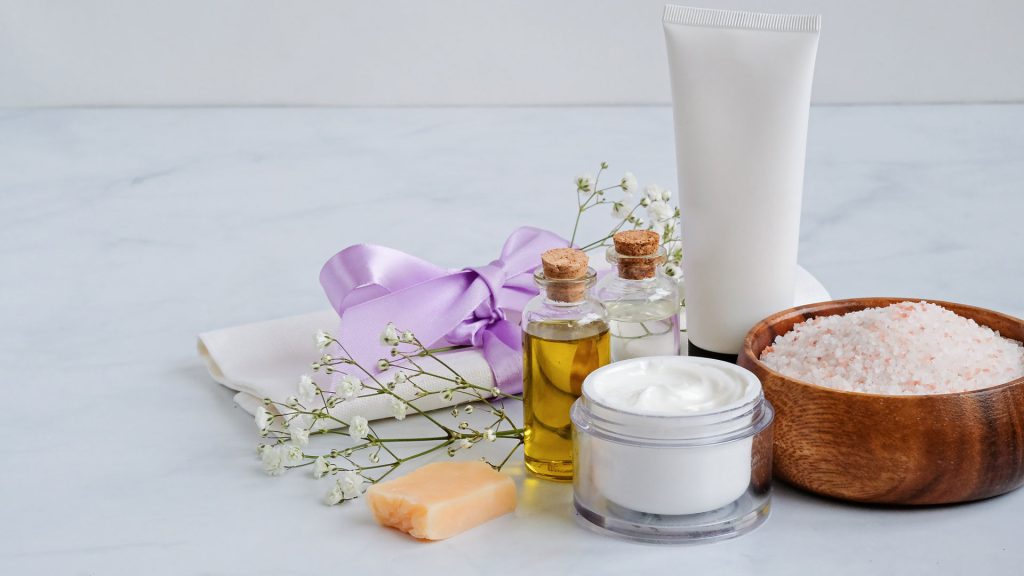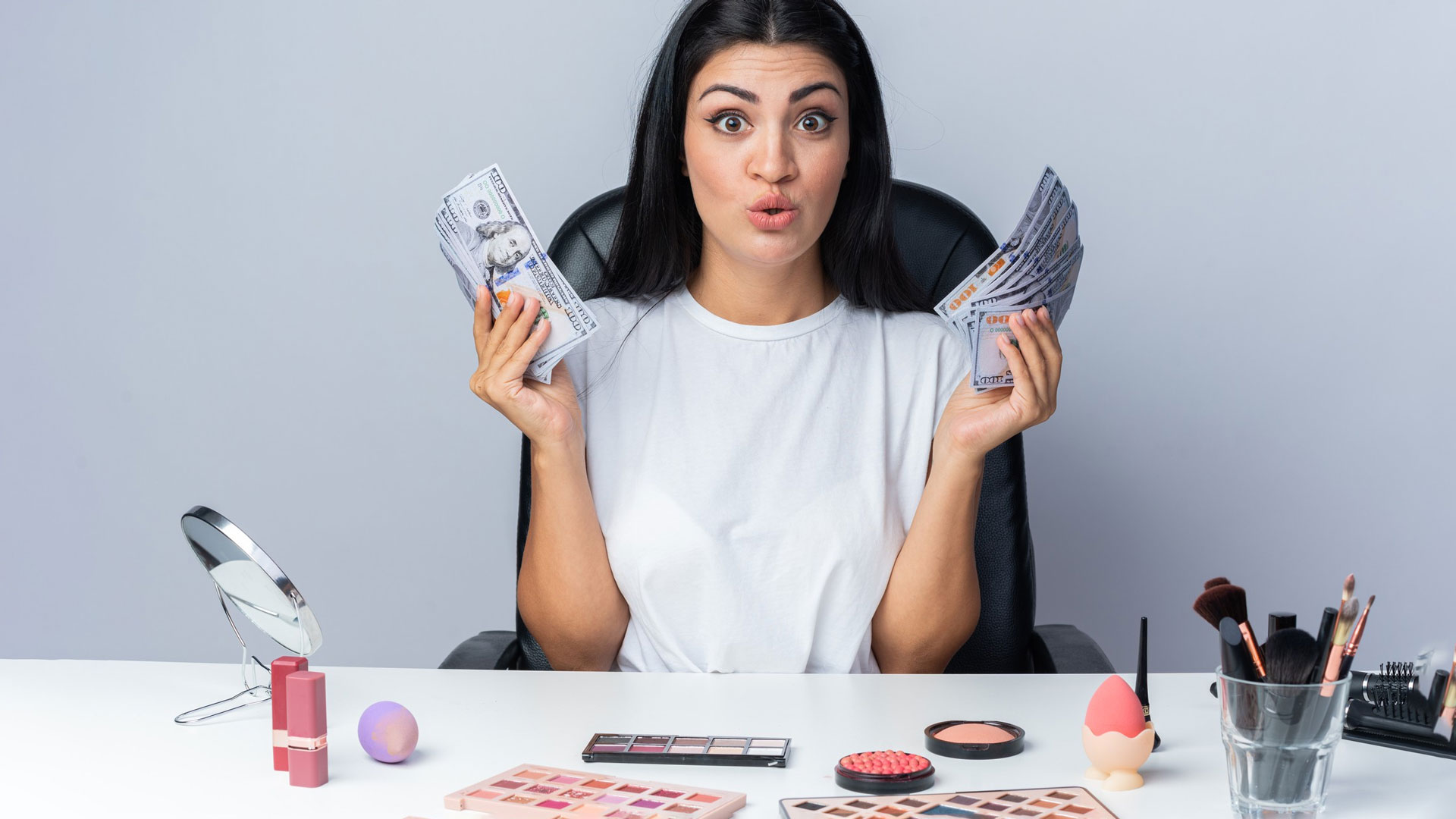When you walk into a makeup store to buy products do you get shocked looking at the price tags? Well then it makes us wonder why is skin care so expensive and is it really worth it.
Let’s uncover all the hidden aspects of why cleanser, serum, toner and moisturizer have really high price to them.
Aspects That Lead To Why Is Skin Care So Expensive?
Many keep on wondering if skin care worth the price, and what causes led it to be this expensive.
Quality Of Ingredients
One of the main source of cost in skin care are the ingredients. High quality ingredients do come with a price like hyaluronic acid, antioxidants that offer powerful benefits.
Some of these active ingredients are challenging to source and process. For instance:
– Natural Extracts: Examples include caviar, seaweed extracts, and some essential oils. These are natural but rare and hard to harvest and process.
– High Potency Actives: Antiaging actives such as vitamin C, retinol, and hyaluronic acid need purity and potency; sourcing and stabilization processes are, hence, costlier.
Using such premium ingredients ensures that the product delivers real results. But also requires a financial investment from brands that’s reflected in the final price.
Research and Development

To create effective skincare, you can’t just mix ingredients with one another. This involves substantial research and testing. Most brands often spend years developing, testing, and perfecting formulas to ensure they are safe and effective. This involves:
– Clinical Trials: Products that promise benefits like wrinkle reduction or improved skin texture often undergo clinical trials to prove efficacy. These trials require substantial investment.
– Formulation Stability: Certain ingredients are sensitive to light, air, and time. Researching stable formulas is complex and costly, yet it ensures the product’s shelf life and effectiveness.
– Innovation: With new ingredients and skin care technology, brands must stay competitive. As they are constantly emerging, invest in cutting-edge research and innovation.
All these steps contribute significantly to the final cost of a skin care product. Companies aim to deliver safe, science-backed results.
Packaging: Function Meets Aesthetics

Skin care packaging is more than just pretty bottles. It’s carefully chosen to protect the ingredients and enhance the user experience. Many premium skin care products use:
– Airless Pumps: These protect the active ingredients. It minimizes air exposure, thereby cutting down on oxidation and preserving effectively.
– UV-Protected Glass: Sensitive ingredients like vitamin C are affected by sunlight. So, brands often use UV-protected glass packaging to maintain efficacy.
– Sustainable Materials: Increasingly, brands are moving toward eco-friendly packaging options. Which tends to cost more than plastic but appeals to environmentally conscious consumers.
Luxurious packaging can make a product feel like a treat, but it also protects the ingredients. It ensures that they remain effective longer.
Impact of Marketing and Branding
Branding and marketing play a significant role in the cost of skin care. Established brands like La Mer, SK-II, and Estée Lauder invest heavily in branding to create a sense of luxury and trust. Key marketing expenses include:
– Celebrity Endorsements: High-profile endorsements are often featured in advertisements. Adding a level of prestige and exclusivity.
– Social-Media Campaigns: Influencer marketing on Instagram or social platforms has become essential. As it reaches today’s audience. Yet, it requires ongoing investment.
– High-End Retail Placements: To be featured in luxury department stores, brands often face additional costs that increase the product’s overall price.
While marketing doesn’t directly impact a product’s effectiveness. It does shape consumer perception, often making the high price feel more justified.
Small-Batch Production: Limited Editions and Quality Control
Some luxury skin care brands focus on producing products in small batches. It secures careful quality control but raises costs. Small-batch production is often associated with:
– Artisanal Processes: Brands that use this or handmade methods create more high-quality products.
– Limited Availability: Scarcity can create a sense of exclusivity. It is appealing to customers who want unique, hard-to-find products.
While mass production decreases the cost, low batch production would let the brand have a more hands-on approach. That means every batch would be in accordance with the toughest standards.
Standard Certifications and Testing
Products labelled as “cruelty-free,” “vegan,” or “dermatologist-tested” must meet specific criteria. These certifications reassure consumers but require independent testing, adding to production costs. The most common certifications include:
– Cruelty-Free and Vegan: Testing and maintaining standards to ensure a product is free from animal testing. Even the animal-derived ingredients.
– Dermatologist-Approved: Testing to ensure that products are safe. Even for sensitive or problematic skin types.
Brands that invest in these certifications are often more expensive. The reason is that the tests and third-party verification processes require significant resources.
Do I Really Need Expensive Skin Care Products?

Expensive skin care products are heavily loaded with premium ingredients. They require advanced researches, and luxury packaging, but are they all really essential to have great skin? The bottom line is that with affordable brands offer products with proven ingredients like vitamin C and retinol. If you know what your skin needs then look for evidence-based ingredients. You can find quality options that fit within your budget without sacrificing results.
Ultimately, skin care is about what works best for you. A few standout items, like a good serum or moisturizer, may be splurges worth making. But when it comes to cleansers and sunscreens, lower price points often don’t translate to appreciably worse quality. The idea here is to buy quality over price, so to say, on things that really make your skin healthier and help you feel better.
Frequently Asked Questions (FAQs)
Q: What makes high-end skin care products more expensive than drugstore brands?
A: Drugstore brands can be effective, but luxury brands typically invest more. Like in sourcing high-quality ingredients, advanced formulations and extensive research.
Q: Are expensive skin care products actually better for my skin?
A: Not necessarily. However, pricier products tend to boast more innovative ingredients and richer, luxurious formulations. As numerous less expensive options contain the tried-and-true, proven ingredients. It depends on what works for you and your particular needs.
Q: Why do skin care brands spend so much on marketing?
A: Marketing helps brands stand out in a competitive industry. Especially among luxury brands that rely on exclusivity and image. This influences the value even more.
True Cost To Quality Skin Care
Understanding the factors behind the price is important. You can make more informed choices and invest in products that align with your skin care needs and budget. The correct skin care product is the one that works best for you, regardless of the price tag.
Expensive doesn’t always mean that it’s better, but the quality is what defines the product. Now you know why is skin care so expensive.

